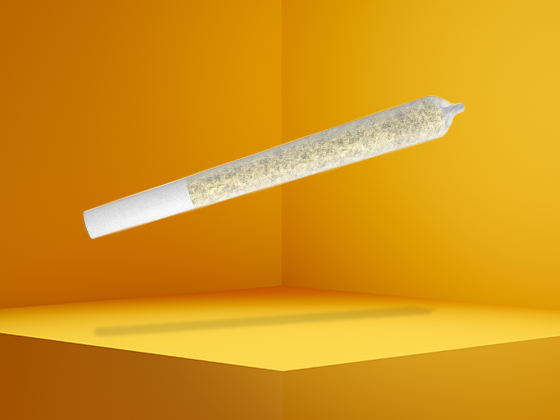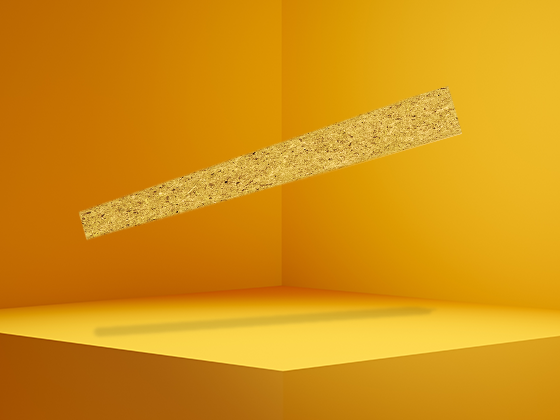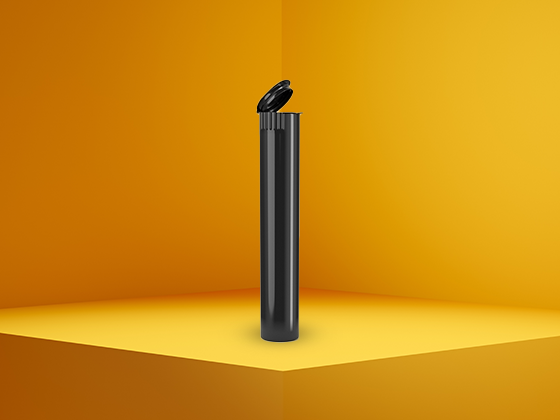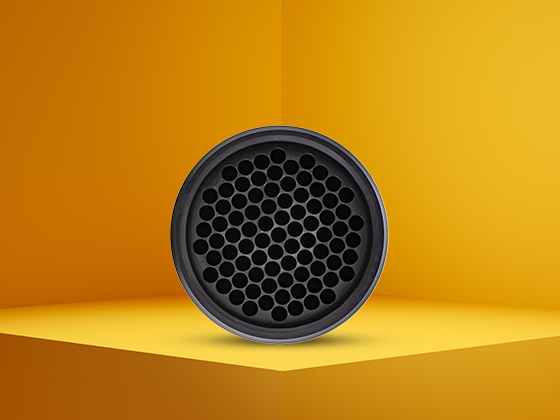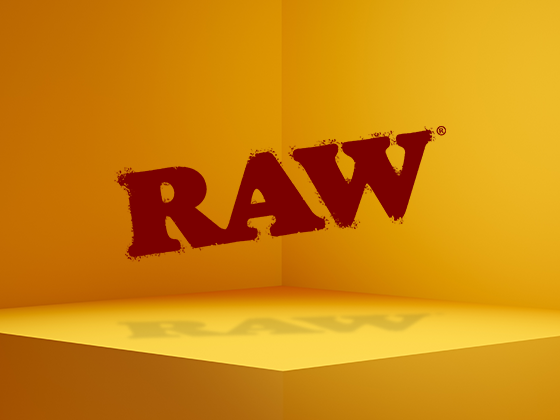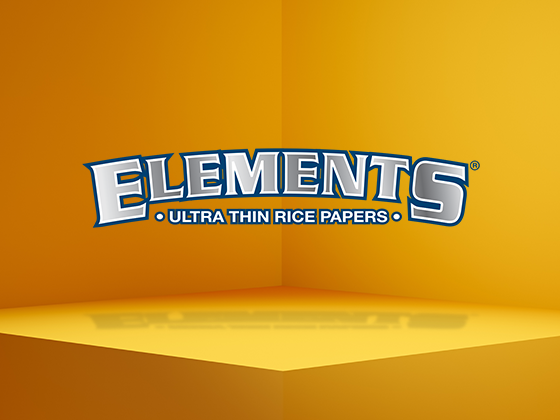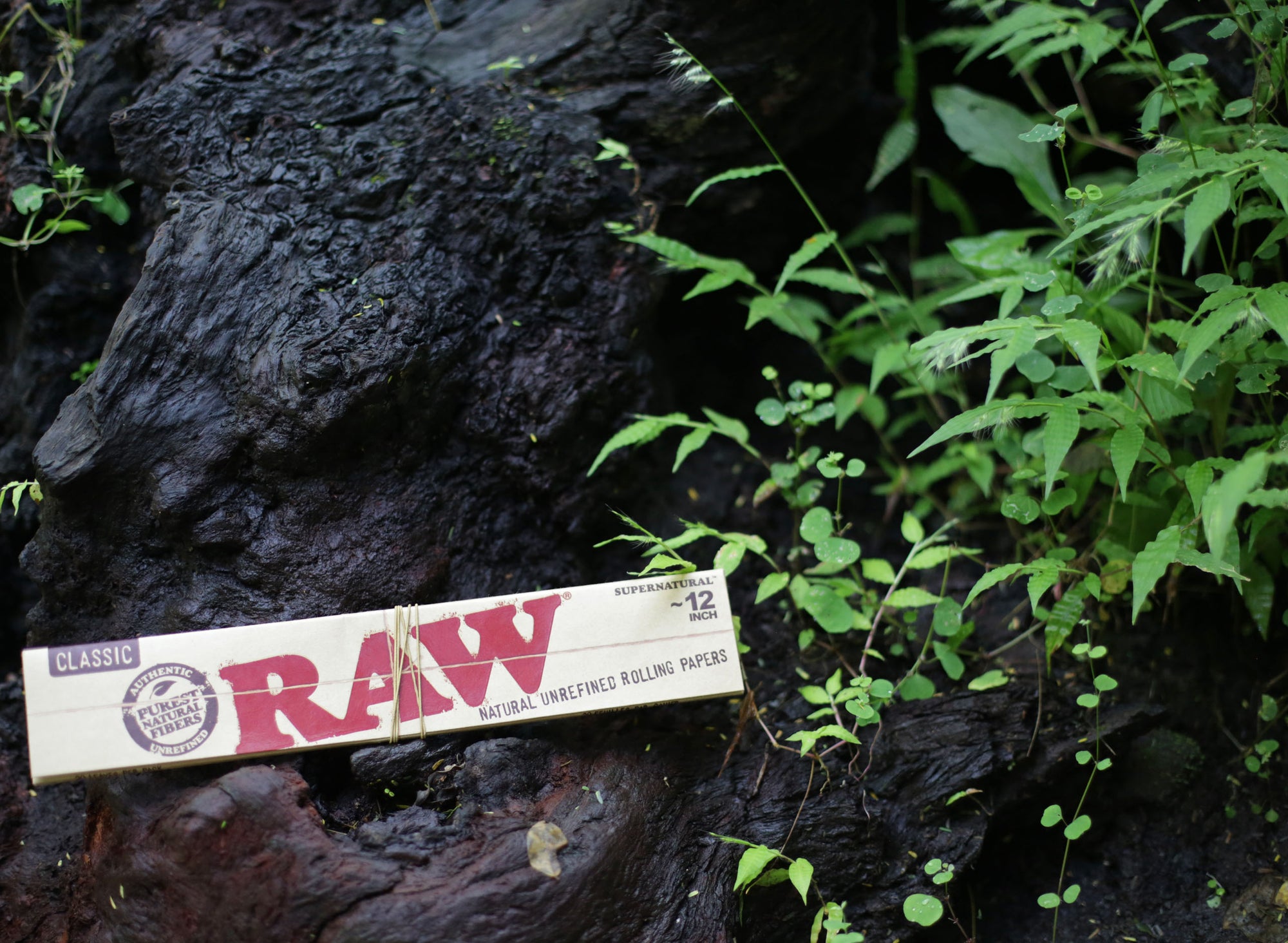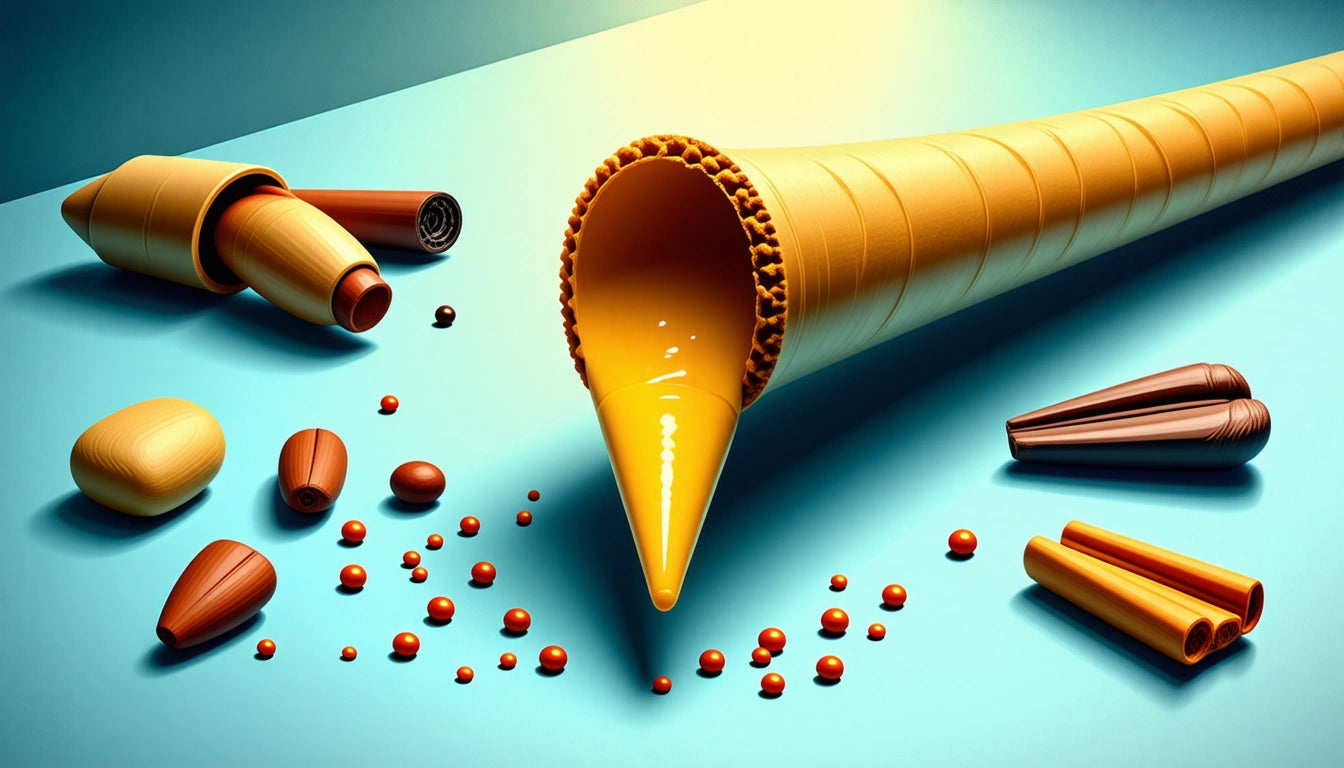Table of Contents
- Composition and Materials: What Are RAW Papers Made Of?
- Manufacturing and Origins: Where RAW Papers Are Made
- RAW Original vs. RAW Black: Understanding the Differences
- Safety Concerns: Heavy Metals and Health Considerations
- Spotting Counterfeit Products: Real vs. Fake RAW Papers
- Best Practices for Using RAW Rolling Papers
Everything You Need to Know About RAW Rolling Papers: Composition, Safety, and Authenticity
RAW rolling papers have become synonymous with quality in the smoking accessories market. Their distinctive brown appearance and reputation for purity have made them a favorite among consumers worldwide. This comprehensive guide explores what RAW papers are made of, where they're manufactured, safety considerations, and how to identify authentic products.
Composition and Materials: What Are RAW Papers Made Of?
RAW rolling papers are crafted from unbleached, unrefined plant fibers, primarily consisting of:
- Hemp fibers (in RAW Hemp varieties)
- Flax
- Rice straw
- Natural plant gums (used as adhesive)
Unlike conventional white rolling papers, RAW papers contain no chlorine bleach or artificial additives. The company emphasizes its commitment to using natural materials, which contributes to their characteristic light brown color and subtle texture.
According to our guide on RAW paper varieties, the brand offers several composition options, including organic hemp and classic varieties, each with slightly different material ratios to affect burning rate and texture.
Manufacturing and Origins: Where RAW Papers Are Made
RAW papers are primarily manufactured in Alcoy, Spain, a region with a rich paper-making history dating back to the 1600s. This location is significant because:
- Alcoy has specialized in rolling paper production for centuries
- The region's water quality and climate are considered ideal for paper production
- Traditional paper-making techniques are preserved in the manufacturing process
While the brand has global distribution, the core manufacturing remains centered in this Spanish region, where artisanal techniques combine with modern quality control. For those looking to enhance their rolling experience, we offer premium rolling trays that complement RAW papers perfectly, providing a clean, organized surface for preparation.
The RAW Foundation Story
Founded by Josh Kesselman, RAW emerged from a vision to create more natural smoking papers without the chemicals commonly found in white papers. The brand's philosophy centers on purity, sustainability, and giving back through the RAW Foundation, which supports various charitable initiatives worldwide.
Highlight: RAW papers are manufactured in Alcoy, Spain, using traditional paper-making techniques dating back hundreds of years, with a focus on natural, unrefined materials.
RAW Original vs. RAW Black: Understanding the Differences
One common question concerns the difference between RAW and RAW Black papers. Here's how they compare:
- RAW Original: The standard unrefined paper, medium thickness, balanced burn rate
- RAW Black: Ultra-thin paper (14gsm), slower burn, considered the premium line
RAW Black papers are approximately 20% thinner than the original variety, resulting in less paper per smoke. According to our analysis of RAW Black papers, this ultra-thin design aims to provide a more pure experience with less paper ash and a more delicate smoking experience.
Safety Concerns: Heavy Metals and Health Considerations
A frequently asked question is whether RAW papers are safe to use. Several factors influence the safety profile:
Heavy Metals Testing
RAW papers undergo testing for heavy metals and contaminants. The company states their products are:
- Tested for arsenic, cadmium, lead, and mercury
- Free from chlorine bleach (which can produce dioxins when burned)
- Manufactured without calcium carbonate (chalk) fillers
While no smoking product can be considered completely safe, RAW papers aim to minimize additional chemicals beyond the plant material being smoked.
The Ethylene Oxide Controversy
Some concerns have been raised about ethylene oxide in organic materials. As explained in our article on RAW organic papers safety, the company maintains that their papers do not contain harmful levels of this compound and that their manufacturing process prioritizes safety.
Spotting Counterfeit Products: Real vs. Fake RAW Papers
Due to their popularity, RAW papers are frequently counterfeited. Here's how to identify authentic products:
- Check for the RAW watermark when held to light
- Authentic RAW papers have a unique criss-cross pattern
- The gum line on genuine products is even and consistent
- Packaging should have clear, crisp printing with proper registration
- QR code verification is available on newer packaging
Counterfeit papers may contain unknown materials and chemicals not subject to the same testing standards as authentic RAW products, potentially posing additional health risks.
Best Practices for Using RAW Rolling Papers
To get the most out of RAW rolling papers while maintaining safety:
- Store in a cool, dry place to preserve freshness
- Use proper rolling techniques to minimize paper use
- Consider RAW tips/filters to reduce inhalation of particulates
- Purchase from authorized retailers to ensure authenticity
- For beginners, pre-rolled cones may offer a more consistent experience
As detailed in our guide on mastering rolling techniques, proper preparation and handling can significantly enhance the overall experience with these papers.
Whether you're a longtime enthusiast or new to RAW papers, understanding their composition, origin, and how to verify authenticity ensures you're getting the experience the brand intends to deliver. While no smoking product is without health considerations, RAW's commitment to natural materials and transparency about their manufacturing processes has earned them a loyal following in the market.

